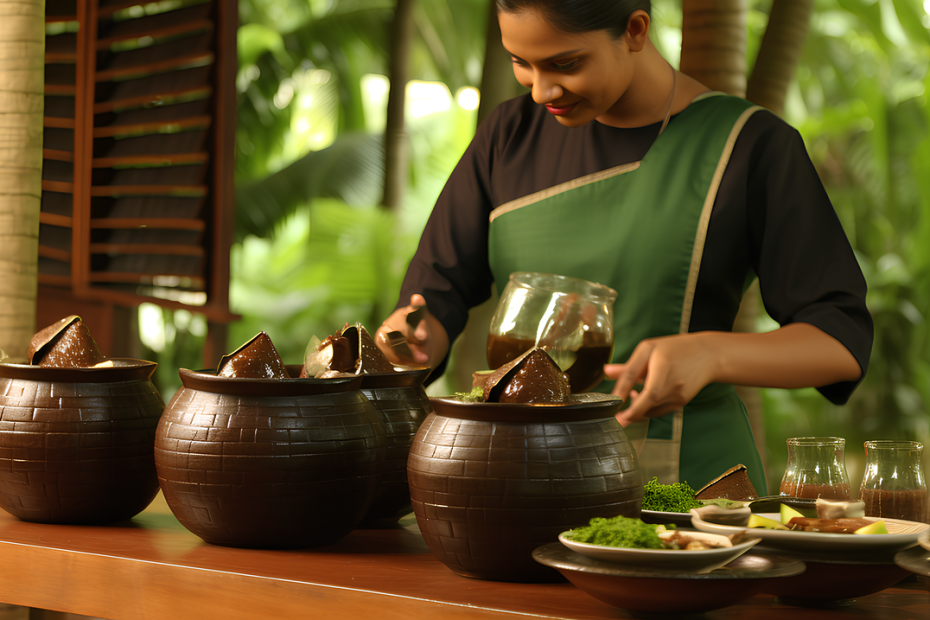By combining the strengths of traditional and conventional healthcare systems we can harness centuries of indigenous knowledge, which can increase treatment options and provide better healthcare.
Traditional medicines are part of the cultural heritage of many Africans. About 80% of the African continent’s population uses these medicines for healthcare. Other reasons include affordability, accessibility, patient dissatisfaction with conventional medicine and the common misconception that “natural” is “safe”.
The growing recognition of traditional medicine resulted in the first World Health Organization (WHO) global summit on the topic, in August 2023, with the theme “Health and Wellbeing for All”.
What are traditional medicines?
Traditional medicine encompasses a number of healthcare practices aimed at either preventing or treating acute or chronic complaints through the application of indigenous knowledge, beliefs and approaches. It incorporates the use of plant-, animal- and mineral-based products. Plant-derived products form the majority of treatment regimens.
Traditional medicine practices also have a place in ritualistic activities and communicating with ancestors.
South Africa is rich in indigenous medicinal fauna and flora, with about 2,000 species of plants traded for medicinal purposes.
The provinces of KwaZulu-Natal, Gauteng, the Eastern Cape, Mpumalanga and Limpopo are trading “hot spots”. The harvested plants are most often sold at traditional medicine muthi markets.
Uses of Medicinal Plants
Medicinal plants most popularly traded in South Africa include buchu, bitter aloe, African wormwood, honeybush, devil’s claw, hoodia, African potato, fever tea, African geranium, African ginger, cancer bush, pepperbark tree, milk bush and the very commonly consumed South African beverage, rooibos tea.
The most commonly traded medicinal plants in South Africa are listed below along with their traditional uses –
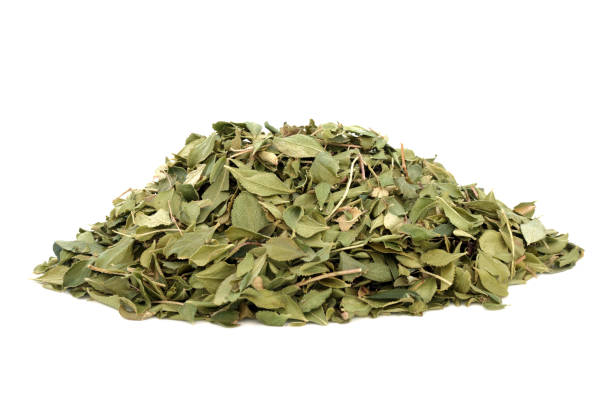
Buchu
- Urinary tract infections
- Skin infections
- Sexually transmitted infections
- Fever
- Respiratory tract infections
- High blood pressure
- Gastrointestinal complaints.
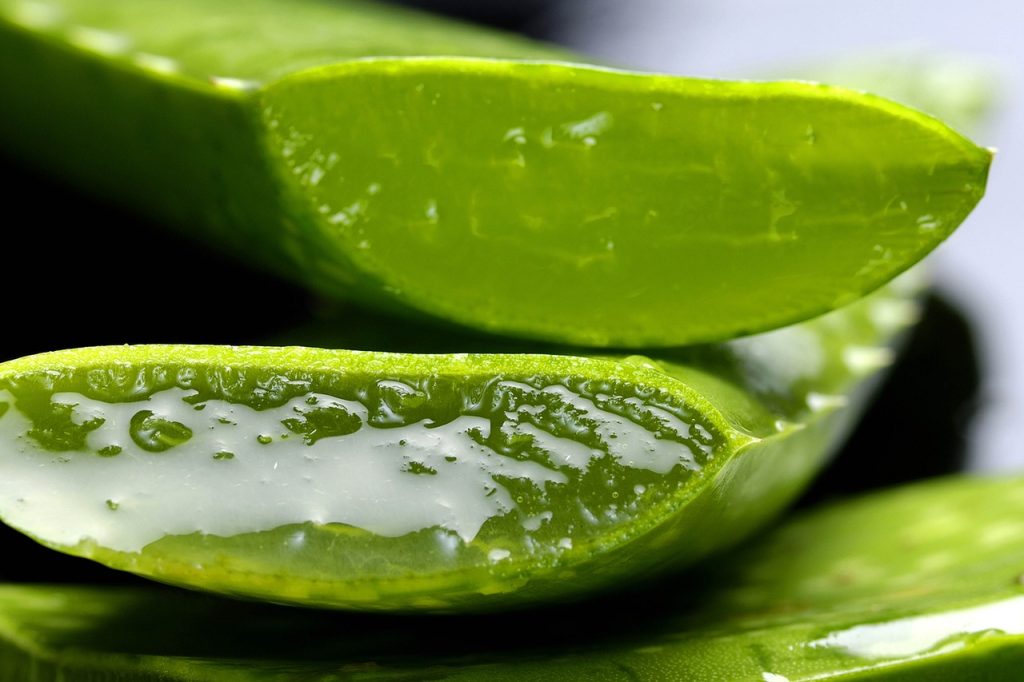
Bitter Aloe
- Skin infections
- Skin inflammation
- Minor burns
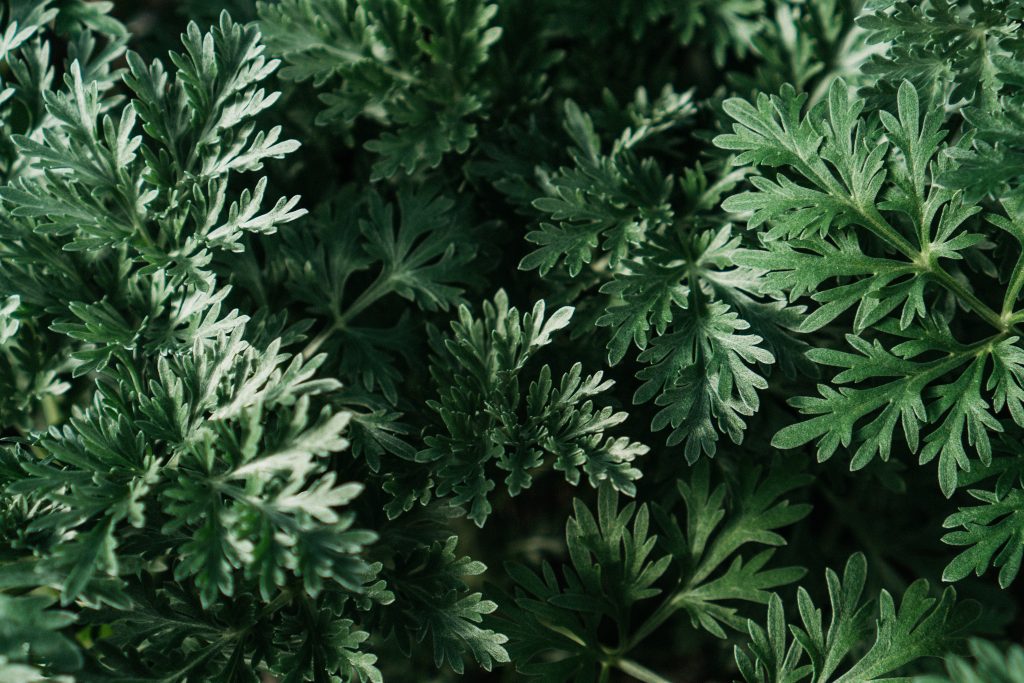
African Wormwood
- Respiratory tract infections
- Diabetes
- Urinary tract disorders
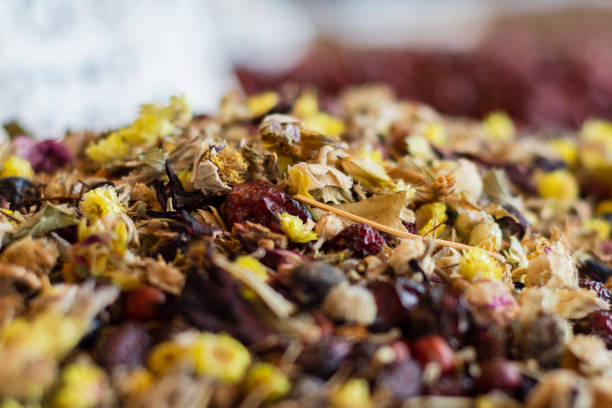
Honeybush
Cough
Gastrointestinal issues
Menopausal symptoms
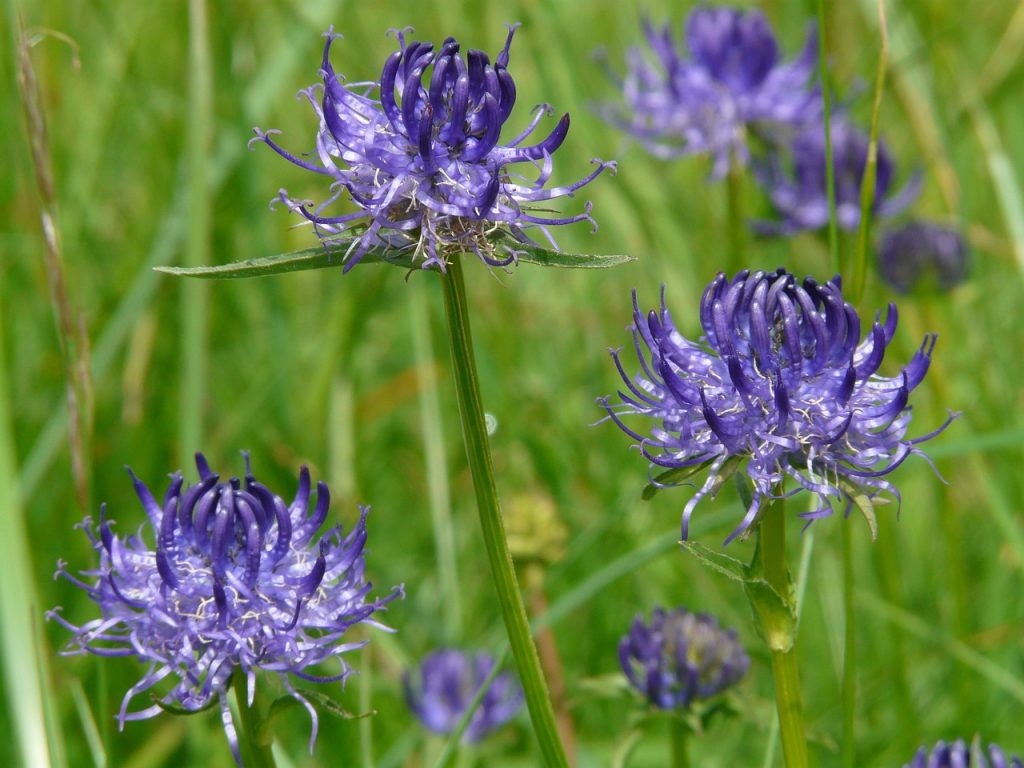
Devil's Claw
Inflammation
Arthritis
Pain.
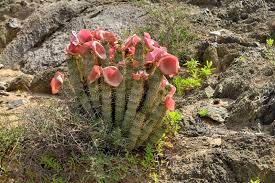
Hoodia
- Appetite suppressant

African Potato
- Arthritis
- Diabetes
- Urinary tract disorders
- Tuberculosis
- Prostate disorders

Fever Tea
Respiratory tract infections
fever
headaches
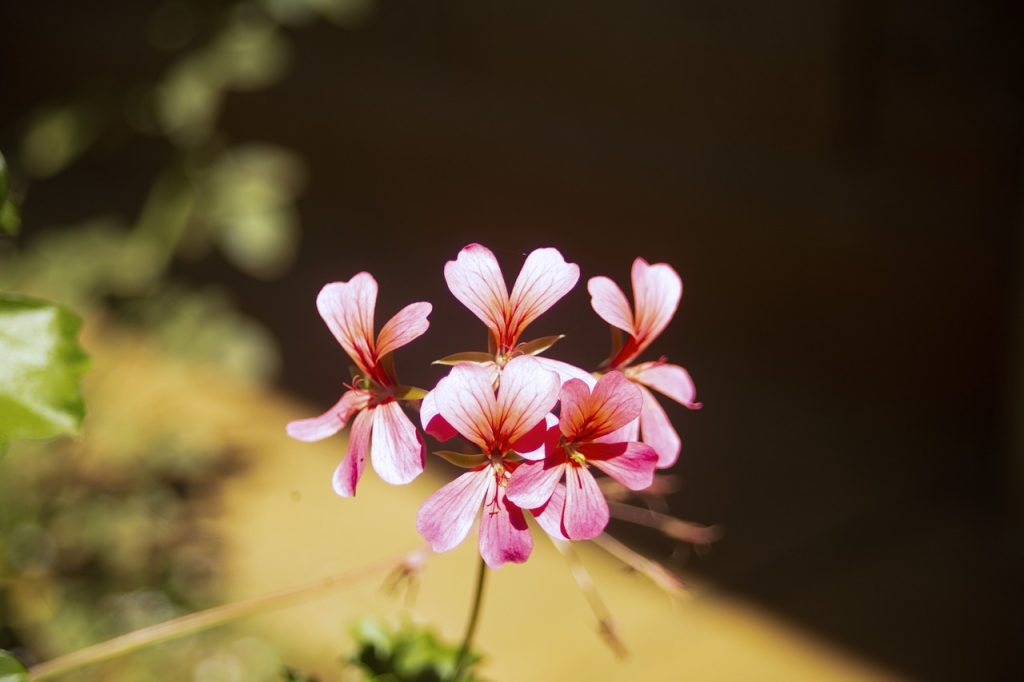
African Geranium
- Respiratory tract infections
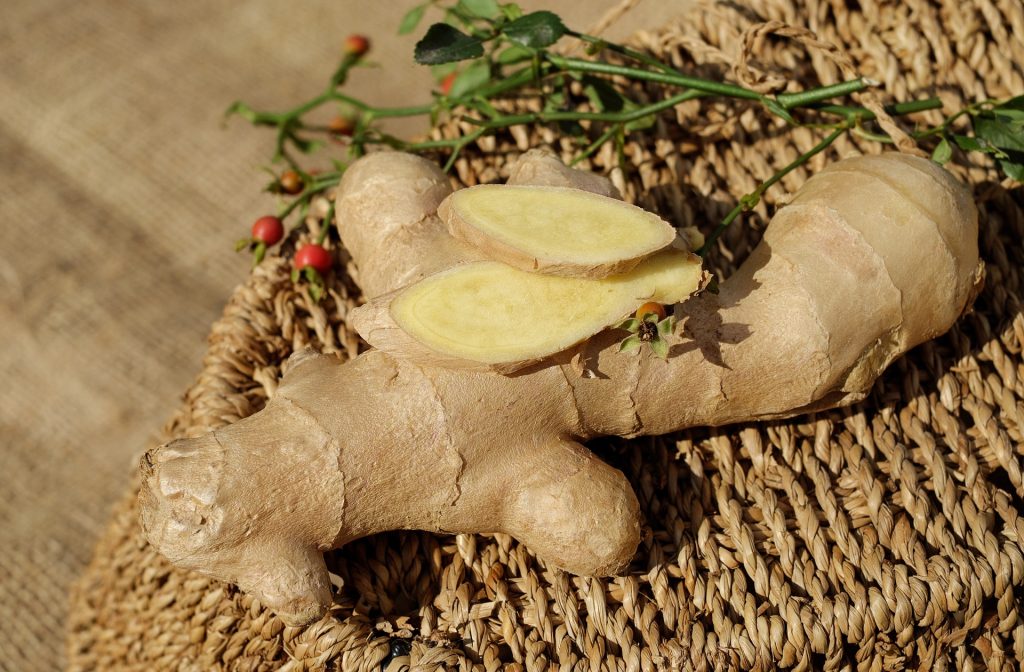
African Ginger
- Respiratory tract infections
- Asthma

Cancer Bush
- Respiratory tract infections
- Menstrual pain

Pepperbark Tree
- Respiratory tract infections
- Sexually transmitted infections

Milk Bush
- Pain
- ulcers
- Skin conditions
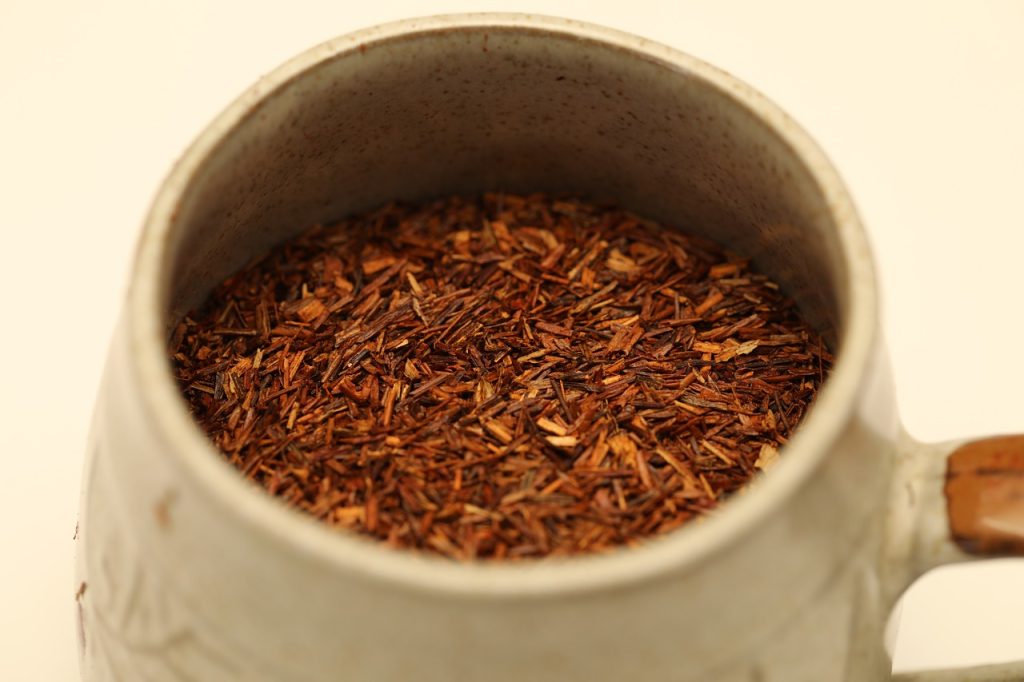
Rooibos
- Inflammation
- High cholesterol
- High blood pressure
There are many ways in which traditional medicine may be used. It can be a drop in the eye or the ear, a poultice applied to the skin, a boiled preparation for inhalation or a tea brewed for oral administration.
Roots, bulbs and bark are used most often, and leaves less frequently. Roots are available throughout the year. There’s also a belief that the roots have the strongest concentration of “medicine”. The harvesting of the roots, however, poses concerns about the conservation of these medicinal plants.
The South African government, with the draft policy on African traditional medicine Notice 906 of 2008, outlines considerations aimed at ensuring the conservation of these plants through counteracting unsustainable harvesting practices.
Understanding the whole patient
Patients often seek treatment from both conventional and traditional sources, which can lead to side effects or duplication of medications.
A comprehensive understanding of a patient’s health profile makes care easier. This could also prevent treatment failures, promote patient safety, prevent adverse interactions and minimise risks.
A harmonious healthcare landscape would combine the strengths of both systems to provide better healthcare for all.
Consult with your doctor or healthcare practitioner like Balanced Healing before combining conventional & traditional medicines to ensure minimal side effects.
Reference
Website – https://www.dailymaverick.co.za/article/2023-10-03-sa-healthcare-needs-balanced-combination-of-modern-and-traditional-medicine-options-for-patients/
